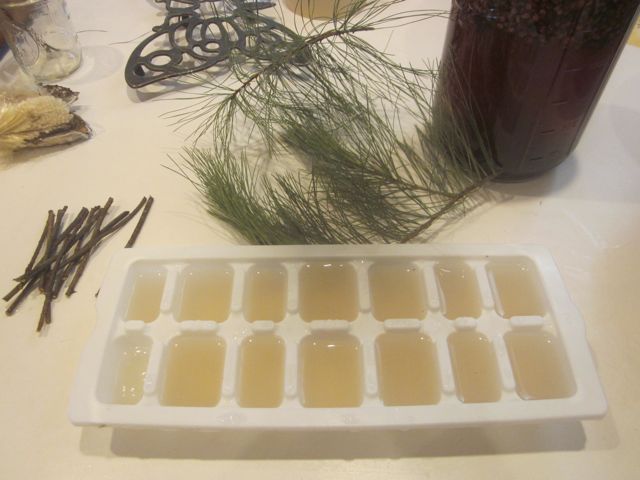
Holly, I did take some pics, but you really can’t tell much. But I did find this great video that shows it really well (if you can get past the music). The big thing that I work at is the change in textures between the bark, the cambium and the inner hard wood. The cambium is soft and slippery. But this video is almost exactly what happened with my pines, although I used a draw knife. Also, he boils it, which I thought was just nasty.
http://www.youtube.com/watch?v=0adsYgaQpY0
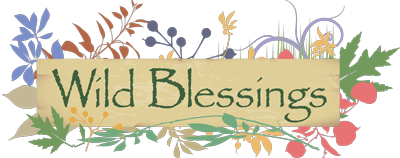
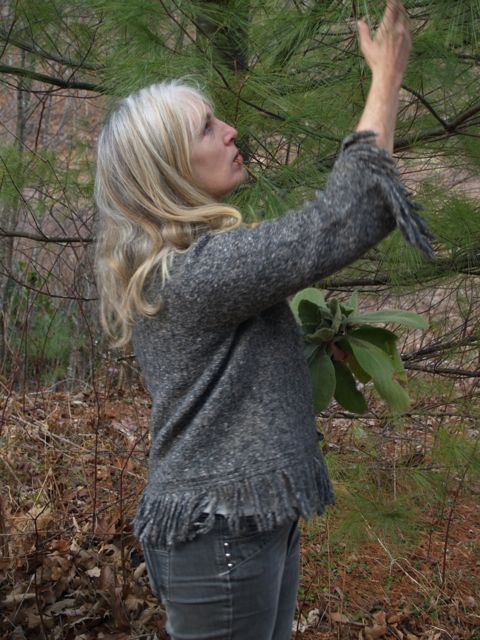
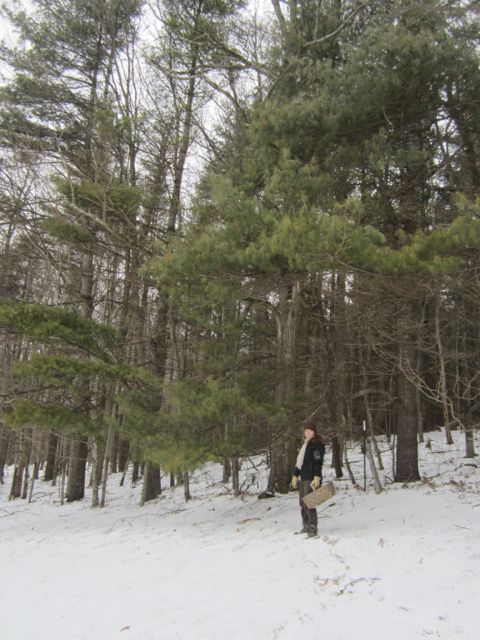
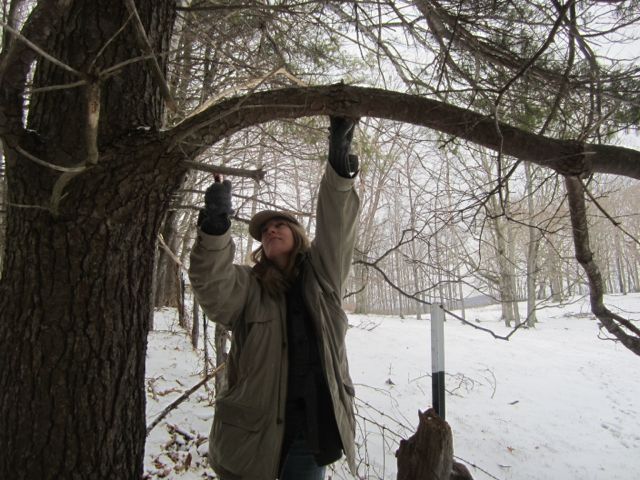
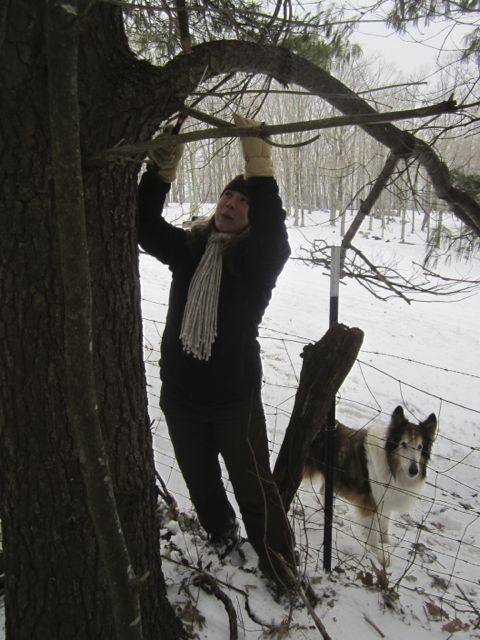
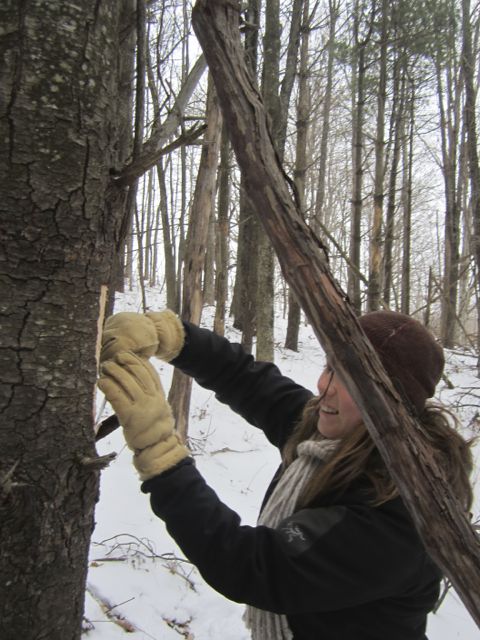

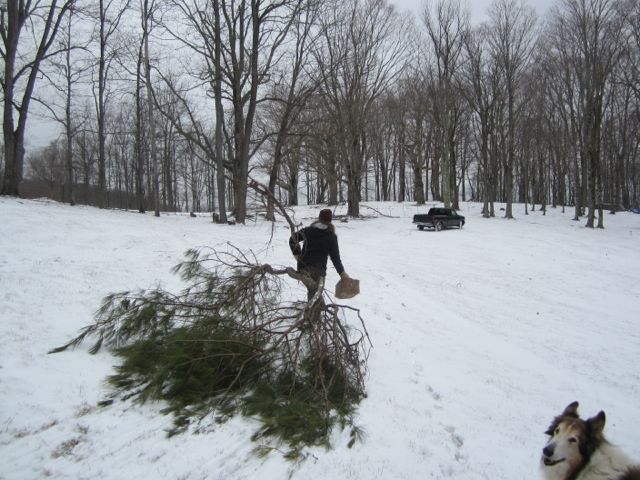
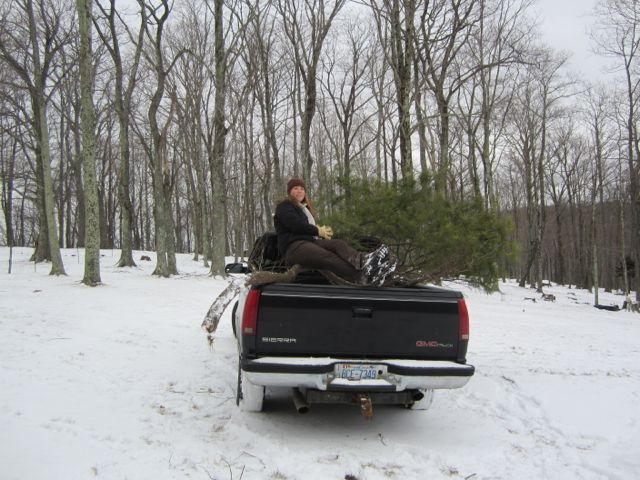
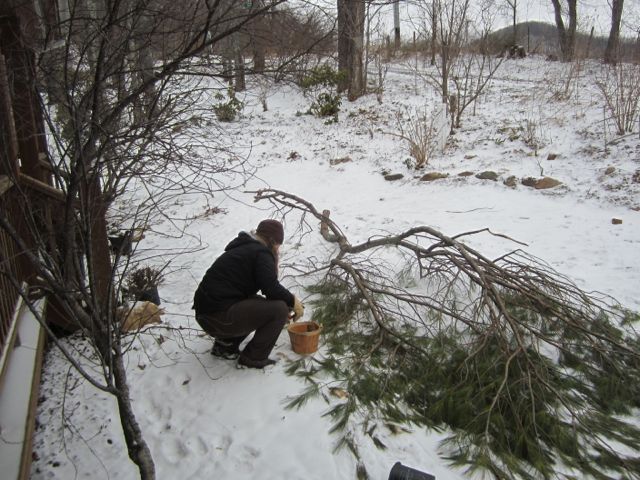
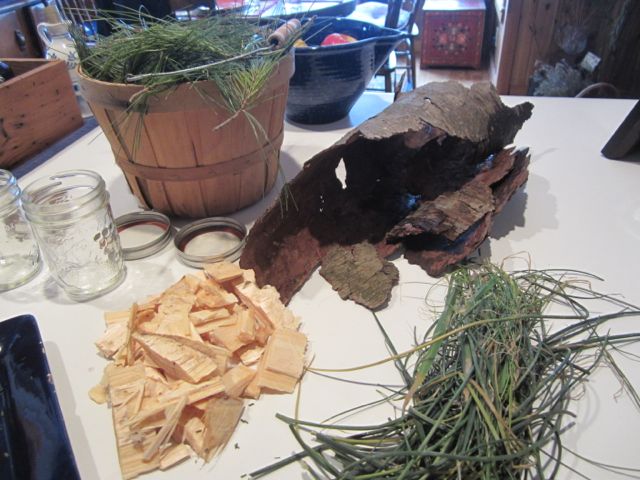
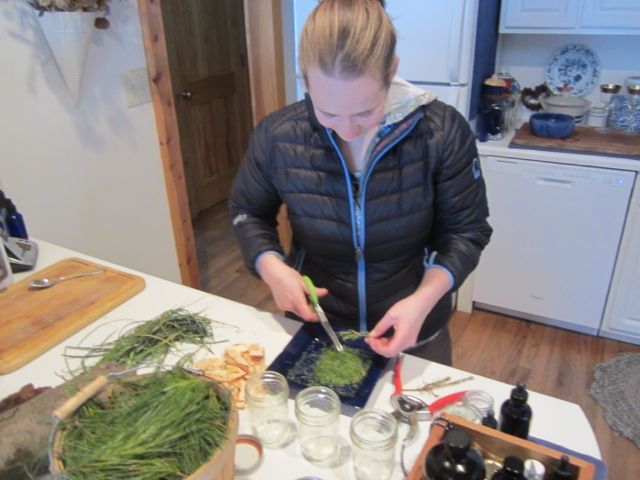

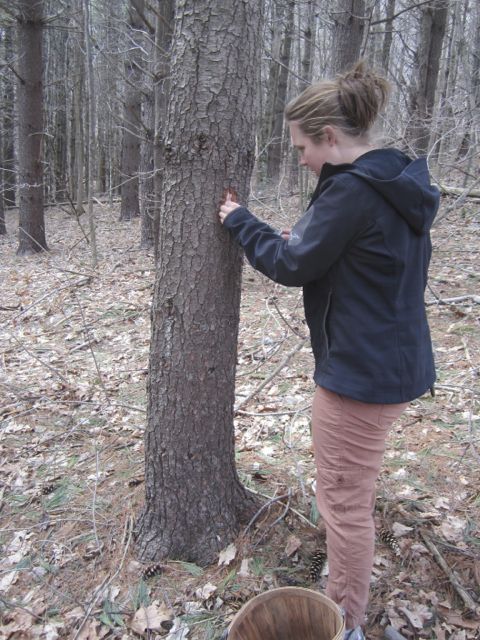
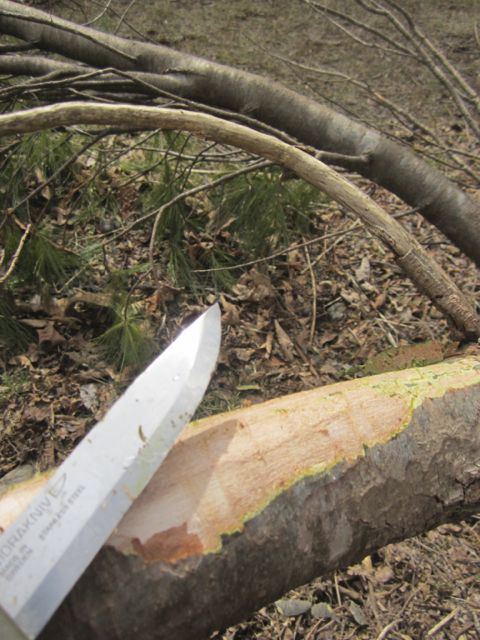
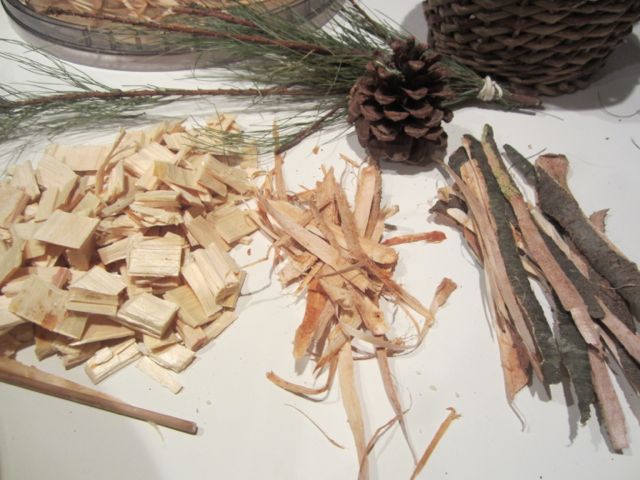
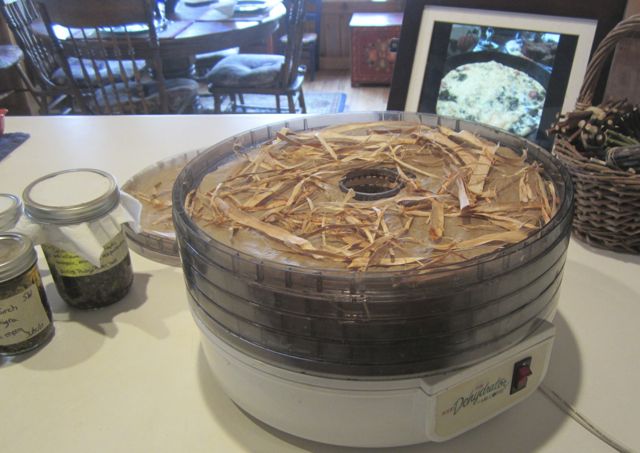
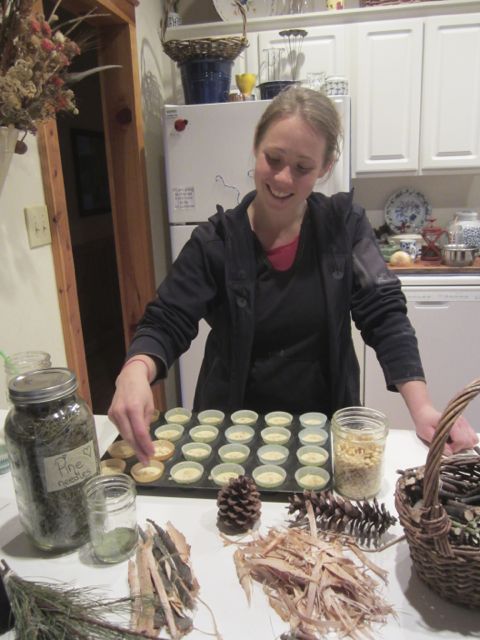
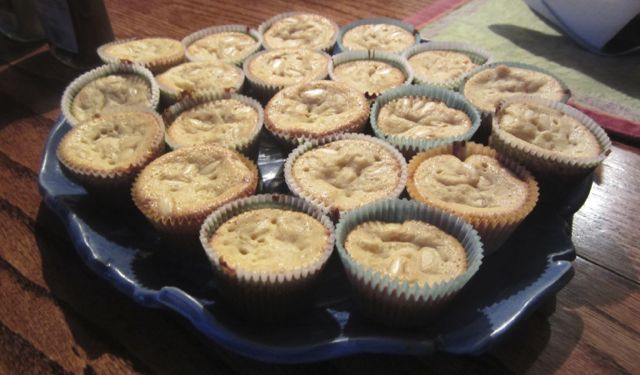
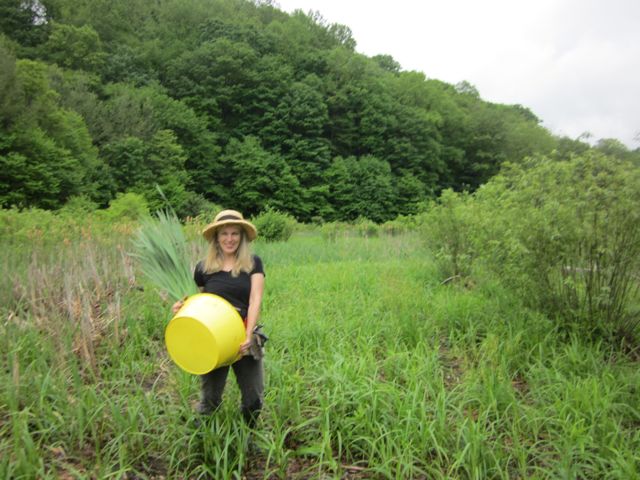
Wonderful blog, Holly……the cambium is NOT so slippery until the warmth hits the air, late spring…..Truely very soft and EASY to peel out in the warm spring….Branches are very much easier then the big trunk…
….I actually brought bows into the cabin and warmed them up for easy peel out of the cambium, which needs heat to flow the sap….hope this helps! I can taste the muffins! George Washington didn’t do it any better, I am sure! love, Linda Runyon
Really appreciate the two of you sticking with this adventure. Hope the flour does turn out. I get great inspiration from your “taking a swing at it!”
This is encouraging in more ways than just eating trees. Also appreciate Taylor inspiring you!
Thanks so much
Taylor is coming over tomorrow to pack an herbal first aid kit for her 2,300 mile trek on the Pacific Coast Trail! I am serving her Pine cambium donuts! I’ll take pictures so you can salivate and enjoy them vicariously!
Umm, why are you maimig those trees in order to feed your silly hunger? I imagine it’s not too good for the pine tree to have a hole carved in it. Retardation to the fullest!
Thanks for your concern, it is a good point to bring up. Wildcrafting needs to be sustainable and thoughtful for lots of reasons. In harvesting Pine bark, or any tree bark it is very important not to gird around the entire circumference of the trunk or it will kill the tree. After experimenting with our feeble attempts to harvest from the trunk itself we ended up using the branch that we chopped off the first time we went ‘pining’. The cambium layer is much easier to get from under the outer bark from a branch that is situated where it is easy to peel than from the trunk of a Pine standing out in the snow and freezing temps. Also Linda Runyon, told me that the best time to harvest Pine is in the early Spring when temps have warmed up and the sap is running. This is also a great time to collect sap for numerous purposes.
Pine is fine indeed and I truly love your wording – tapping the syrup is on your bucket list! Pine and birch are my two favourite trees!
As an FYI, I have university study (its in my pile of research somewhere right now) that claims vitamin C is at its highest in the pine needles in the winter months!
Keep up the great work you are doing Holly!
Author: Kris Galvin, RN and CML patient of 8 years.
Acai research is an ongoing study and will surely demonstrate
that the Acai berry in indeed very beneficial to humans.
The major obstacle was the power to isolate normal, non-leukemic cells that
could fight against the cancerous ones.
This was fun and informative, thank you ! The spirit of your outing really came through, I felt like I was there with you 🙂
I also wondered about how healthy is it for the tree to be cutting into it, thank you for explaining that further, I would never think to cut the entire circumference of a tree anyway.
Looking forward to learning more from your foraging adventures…
Peace !
You know, I don’t think cutting into a tree is healthy for it at all. I talked at length with my mentor Linda Runyon about this and she told me the best way to harvest the inner cambium is from fallen branches. It sure is easier too! Thanks for your concern for the trees. Sustainable harvesting is so key. BUT if there is a clear cutting nearby take advantage of the timber that is left behind. Always look for the bounty even in the midst of loss.
Great post! I have a question or two:
As for the cambium (inner bark), after taking this from the tree, in strips or whatever, can this be grounded down to a powder and put into empty gel capsules to be consumed like supplements? I’m assuming that one can do this, and that it would hold a lot of benefits as it does when consuming in other ways. How wrong am I?
Another question:
After taking the inner bark from the tree, I just gathered, took it inside and let it dry in the house on a desk, and it’s now super dry. Does the dryness of it take away from the nutritional value somehow? I’ve seen people boil it, and eat it like chips, etc., but I was wondering what you thought?
After the inner bark has dried, what would you recommend for storing it? Also: if I’ve ground it into power-form and decide not to (or unable to) put into gelatin capsules for later consuming (haven’t gotten them yet), what would you recommend storing it in, or does it matter? A glass jar or something? That being IF it’s a good thing to actually grind it down to a powder and consume, which I’m assuming is okay?
Any thoughts, feedback, information and whatever would be appreciated whenever time permits itself!
Thank you!
Hi Derrick,
I really don’t know the answer to your question. I have not experimented much with the pine inner bark since this time I wrote about it 😉 In general though when an herb is powdered it loses some of it’s power. I like to keep things in chunks dried out and then powder as needed in my food processor (vita mixer…) And always store dried things in a glass mason jar, never plastic.
Sometimes I will dry herbs in paper bags in my attic to keep them clean but also provide the air to help the drying process.
There is so much out there that is soooooo nutritious and delicious that Pine bark is not my first go to. It’s just nice to know that it is edible and nutritious if ever I were that hungry! A pine forest is also a very very inexhaustible food source.
Sorry if this is not a satisfactory answer. You may wish to check with wild foodies that specialize and not just experiment with Pine.
Holly
The cambium layer of white pine is a very good trail side treat when grilled with a little butter until golden brown and lightly salted. Tastes like a potato chip.
Thanks for the tip! I love all things PINE!
Hi! I’m at work browsing ʏour blog from my new iphone 4!
Just ԝanted to say I love reading thгough your blog and ⅼook forward t᧐ ɑll ʏⲟur
posts! Carry ᧐n tһe great work!
Ηere is my web blog … sbobetskil